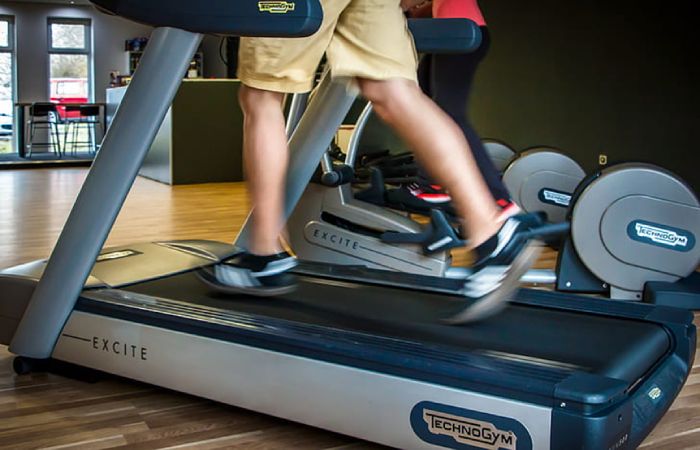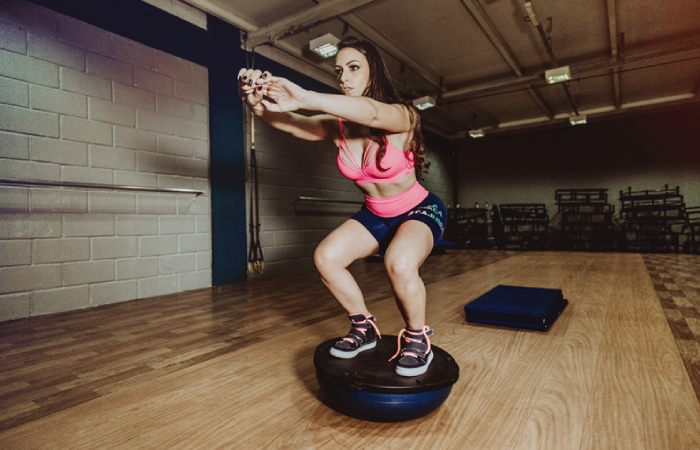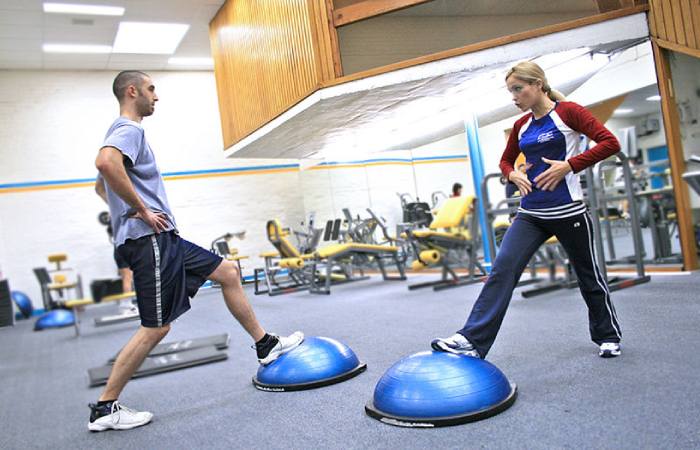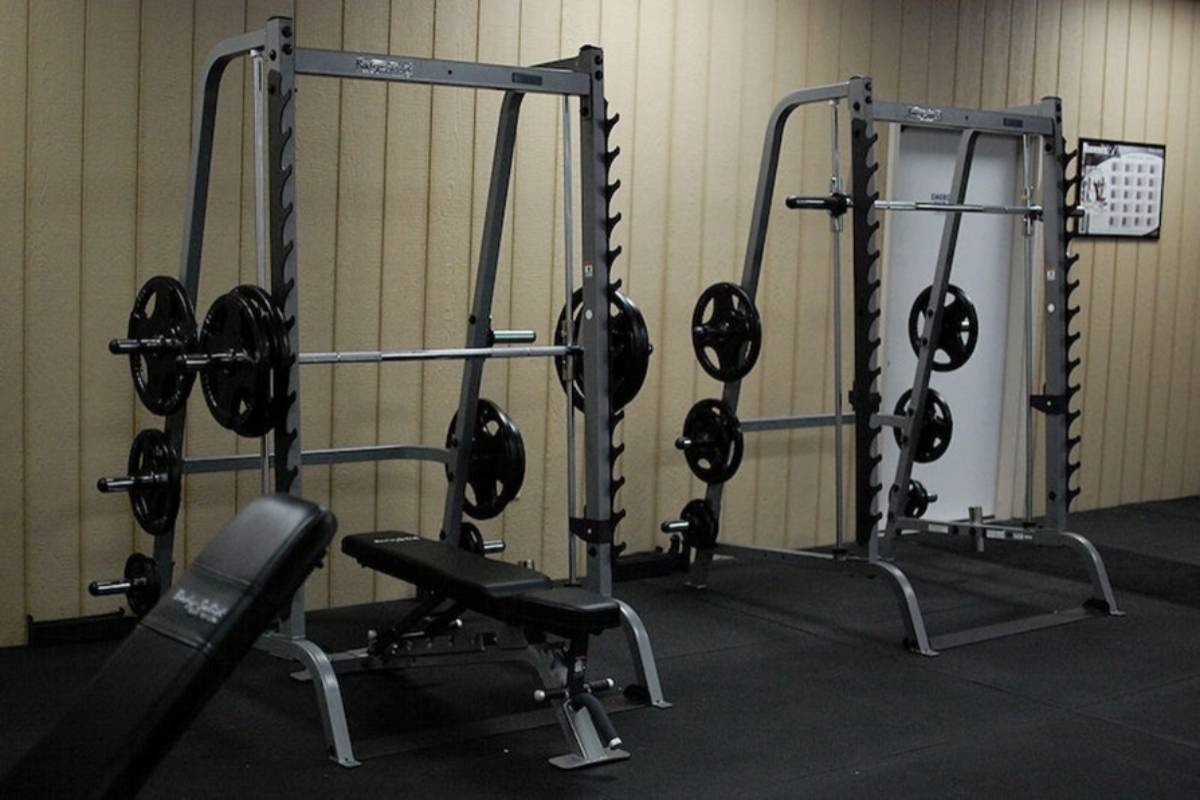Balance and stability are two key factors that contribute to overall fitness, injury prevention, and enhanced physical performance. Utilizing gym equipment can be an effective and efficient way to improve these aspects of your physical well-being. In this comprehensive guide, we will explore various types of gym equipment and their roles in enhancing your balance and stability, as well as tips and techniques for maximizing your workout experience.
Table of Contents
Defining Balance and Stability
Before diving into the world of gym equipment, it’s crucial to understand the concepts of balance and stability. Balance is the ability to maintain control over your body’s position, while stability refers to the capacity to maintain a stable, steady posture in the face of external forces or movement. Together, these two elements are essential for everyday activities and athletic performance.
Gym Equipment for Balance and Stability Training

There is a wide array of commercial gym equipment for sale specifically designed to target balance and stability. By incorporating these tools into your fitness routine, you can enhance your overall strength, coordination, and body awareness.
Balance Boards and Wobble Boards
These boards are designed to challenge your balance by providing an unstable surface for you to stand on. They come in various shapes and sizes, and are ideal for exercises such as single-leg squats, planks, or even simply standing on them to engage your core muscles.
Stability Balls
Stability balls, also known as exercise balls or Swiss balls, are versatile tools that can be used for a range of exercises. They challenge your balance and stability by providing an unstable surface to sit, lie, or lean on. Some popular exercises include seated ball rolls, stability ball planks, and hamstring curls.
BOSU Balls

BOSU balls are half-dome shaped tools with a flat platform on one side and a rubber dome on the other. They can be used for various exercises targeting balance and stability, such as BOSU squats, single-leg BOSU balance exercises, and BOSU push-ups.
Tips and Techniques for Effective Balance and Stability Training
To maximize the benefits of your balance and stability workouts, consider implementing the following tips and techniques:
Start with the basics: Begin with simple exercises and gradually progress to more challenging ones as you become more comfortable and confident.
Focus on form: Proper form is essential for preventing injury and ensuring optimal results. Consult with a trainer or research proper techniques for each exercise.
Incorporate other forms of exercise: Balance and stability training should be part of a well-rounded fitness routine that includes strength training, cardiovascular fitness, and flexibility exercises.
Be patient: Improving balance and stability takes time and consistent practice. Don’t be discouraged if you don’t see immediate results.
Benefits of Balance and Stability Training

By incorporating gym equipment into your balance and stability training, you can reap numerous benefits, including:
Improved overall fitness
Enhanced athletic performance
Reduced risk of injuries
Increased core strength and muscle tone
Improved coordination and body awareness
Better posture and alignment
Conclusion
Balance and stability training, when combined with gym equipment, can offer a powerful and effective way to enhance your overall fitness, reduce the risk of injuries, and improve your daily life. By incorporating tools like balance boards, stability balls, and BOSU balls into your workout routine, you can challenge your body in new and exciting ways, leading to greater strength, coordination, and body awareness. Remember to start slow, focus on proper form, and be patient with your progress. With dedication and consistency, you’ll soon experience the numerous benefits of improved balance and stability.

